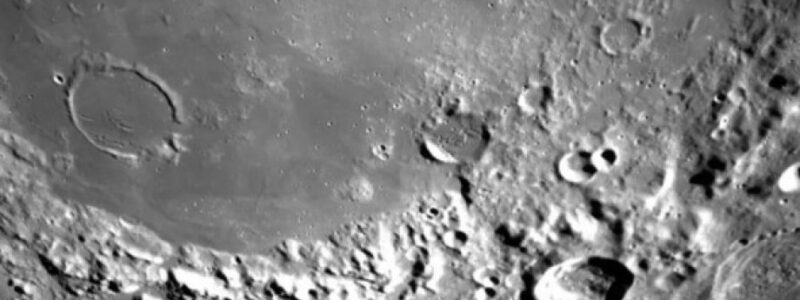
The Vikram lander of India’s Chandrayaan-3 Automated Interplanetary Station (Chandrayaan-3), which landed on the Moon on Wednesday, has successfully established communication with the Mission Control Center in Bangalore, the Indian Space Research Organization (ISRO) reported.
“Communication has been established between the Chandrayaan-3 lander and the MOX-ISTRAC (Mission Operations Center for Telemetry, Surveillance and Control) located in Bangalore,” the organization said in a statement.
The landing was made at 18:02 Indian time (15:32 sq. m.) in the area of the unexplored South Pole of the Moon.
Thus, India became the fourth country after the USSR, the United States and China to land its own vehicle on the Moon.
The LVM3 rocket with the Chandrayaan-3 automatic interplanetary station was launched on July 14 from the launch pad of the Satish Dhawan Space Center, located on the island of Sriharikota. On August 5, the station was launched into lunar orbit.
After the landing, the Pragyan lunar rover, equipped with various research equipment, will move off the platform and begin chemical analysis of the surface of the Earth’s natural satellite. The mission of the 20 kg lunar rover is designed for 14 Earth days.
The previous attempt to send a lander and lunar rover to the Moon was made in 2019 as part of the Chandrayaan-2 mission. Then the orbiter managed to enter lunar orbit, but due to communication problems, specialists were unable to correct the lunar position of the lander, which separated from the interplanetary station and crashed into the lunar surface.
The Chandrayaan-2 mission orbiter remained in orbit and continues to collect scientific data about the Earth’s natural satellite. Chandrayaan-3 does not include such a mission.